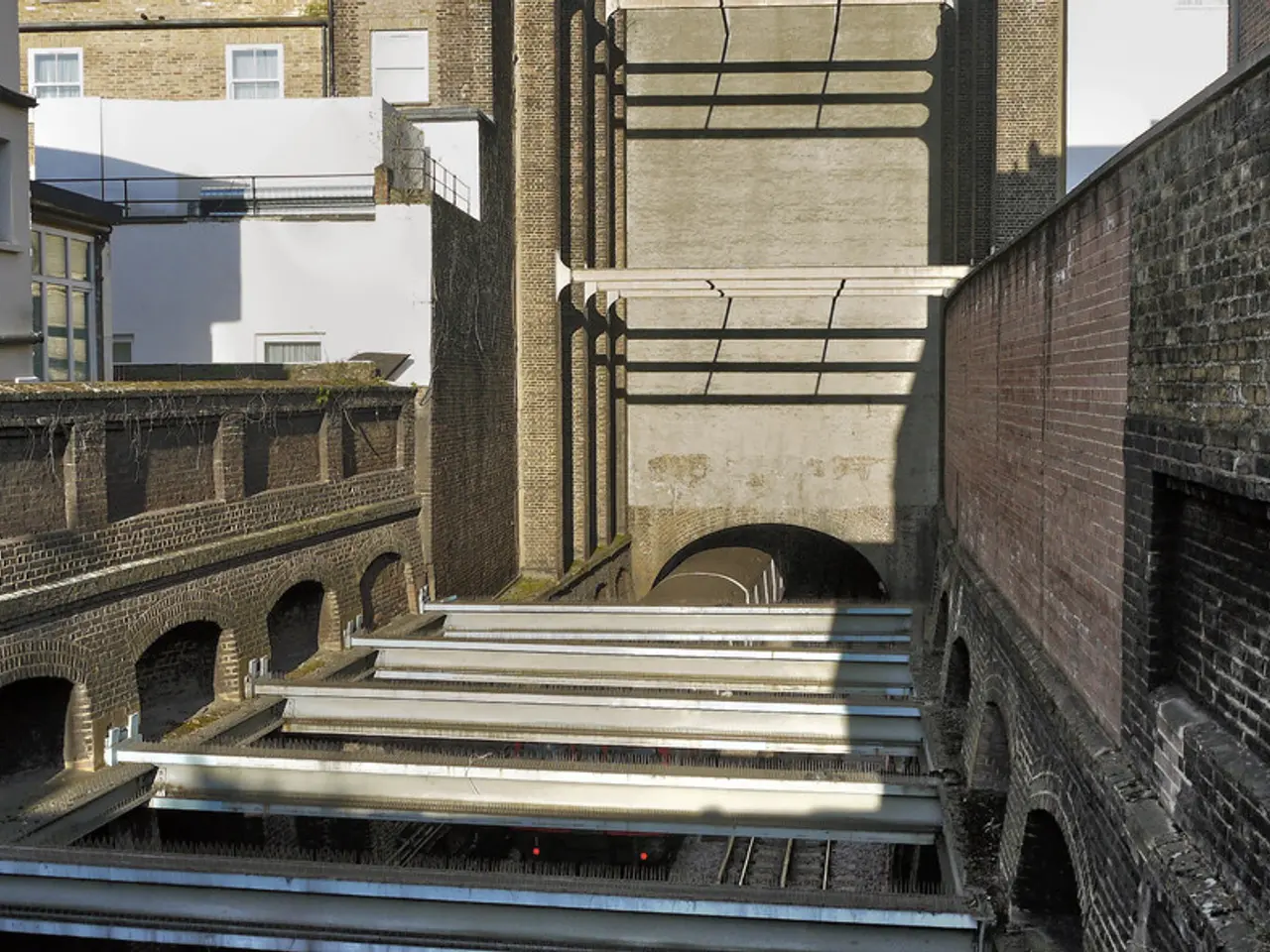Delay in the construction of the rail tunnel linking Denmark and Germany by several years announced.
Delays on German Side Threaten Completion of Fehmarn Belt Rail Link
The Fehmarn Belt rail link, a significant infrastructure project connecting Denmark and Germany, is facing potential delays on the German side. The 2.2-kilometer railway tunnel, essential for rail access to the Fehmarn rail link, is currently delayed in planning and construction, according to reports.
The main Fehmarn Belt Tunnel, an 18-kilometer immersed tunnel connecting Fehmarn island to Denmark’s Lolland, is under advanced construction. The first tunnel elements are planned to be installed in 2025, with project completion targeted for 2029. However, the German mainland tunnel, managed by Deutsche Bahn, lacks final planning approval and construction has not begun.
Since construction on the German tunnel is estimated to take six years, the rail link cannot operate fully when the main tunnel opens in 2029. Initial operation will rely on the existing road bridge connection. Danish officials acknowledge the delay but await official updates from Germany regarding its timeline.
The German federal railway authority, Eisenbahn-Bundesamt, reports that Deutsche Bahn needs 6.5 years to construct the 2.2-kilometer railway tunnel. Femern A/S, part of Sund & Bælt, is managing the Danish side of the tunnel project.
Thomas Danielsen, the Danish transport minister, has contacted the German Ministry of Transport to request a detailed clarification on the matter. The German government has not publicly announced any changes to the timetable for the road connection at the time of this report.
Sund & Bælt wrote in its 2024 annual report that the scheduled opening of the road crossing in late 2029 was "a significant challenge." Cars and other road traffic will still be able to cross the Fehmarn once the Denmark-Germany link is completed due to the existing Fehmarn Sound Bridge.
The completion of the project, including the railway tunnel, is crucial for the integration of rail traffic between the two countries. The Fehmarn Belt link, scheduled for completion in 2029, will connect Rødbyhavn on the Danish island of Lolland with Fehmarn in Germany and also carry road traffic.
Jens Villemoes, head of media communications at Sund & Bælt, acknowledged awareness of articles about the Fehmarn Sound tunnel in German media. He stated that if the German infrastructure timetable changes, he expects the German government to inform the Danish government. However, the company did not comment directly on the reported directive from the German rail authority.
In summary, while the main Fehmarn Belt Tunnel is progressing on schedule for 2029 completion, the critical German mainland tunnel connecting Fehmarn island to the mainland is delayed in planning and construction, risking a phased start for rail services on the Fehmarn Belt rail link beyond 2029. Thomas Danielsen, the Danish transport minister, is closely following the potential changes in the Fehmarn Belt tunnel project.
- In order to integrate rail traffic between Denmark and Germany, the completion of the Fehmarn Belt link, which carries both rail and road traffic, is crucial for the business sector.
- The German mainland tunnel, essential for the Fehmarn Belt rail link, is currently delayed in planning and construction, potentially causing delays for investing in the public-transit sector.
- Finance for the Fehmarn Belt rail link project depends on the timely completion of both the main tunnel and the German mainland tunnel, as delays may impact transportation systems and pose challenges for the industry and the overall economy.




